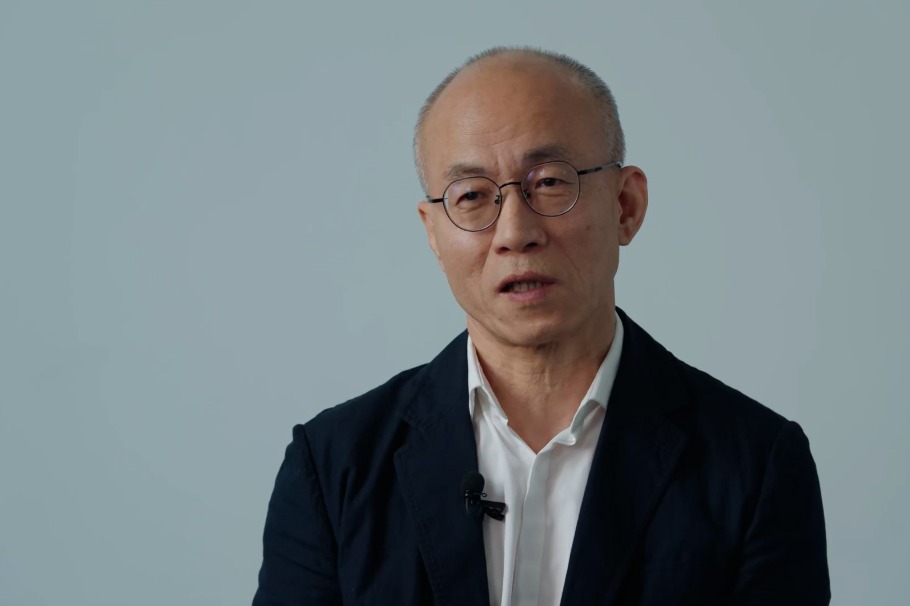Scientists reveal light competition can reduce plant diversity via field study

LANZHOU -- Scientists have recently discovered that light competition is one of the key drivers of eutrophication-induced plant diversity loss, according to Lanzhou University.
The new study not only revealed the complex mechanisms operating within the ecosystem but also provided insights for biodiversity protection, said the university.
Findings of this new study, jointly conducted by researchers from Lanzhou University in China and Georgia Institute of Technology in the United States, have been published in the journal Global Change Biology.
Eutrophication, the excessive accumulation of nutrients, is considered to be one of the major drivers of plant diversity loss. Studies have proposed a hypothesis that eutrophication-induced light limitation might be one of the crucial drivers of plant diversity loss, but there is lack of direct field-study evidence, according to He Jinsheng, a professor at Lanzhou University and leader of the study.
"Alpine grassland is one of the world's vegetation types with the richest species diversity, and its species richness per unit area can rival that of tropical rainforests. We selected an alpine grassland in the northeastern part of the Qinghai-Tibet Plateau to conduct the field control experiments," He said.
Over the three-year period from 2021 to 2023, the study team used full-spectrum LED light strips to "add light" and introduced different nutrients, including nitrogen, phosphorus, or a combination of both.
Researchers also systematically examined the mechanism by which light limitation affects the diversity changes of plant communities under eutrophication conditions.
The study results showed that supplementary light could restore lost plant diversity in all nutrient addition scenarios.
Under nitrogen enrichment, light addition recovered diversity primarily by promoting species gains, whereas under phosphorus enrichment, it primarily reduced species losses, showed the study.
When both nitrogen and phosphorus were enriched, the study found that light addition simultaneously increased species gains and reduced losses.
These effects were mainly driven by shifts in the colonization and extinction of plant species with resource-acquisitive strategies, showed the study.
"Our findings point to light competition as one of the key drivers of eutrophication-induced plant diversity loss, suggesting that managing light availability could help mitigate these losses in natural ecosystems," He said.
It also suggested that moderate grazing or regular mowing could enhance the community's light conditions, effectively maintaining plant diversity and sustainability, according to He.
- Scientists reveal light competition can reduce plant diversity via field study
- China's draft law on farmland protection, quality improvement submitted for first reading
- Why should we commemorate Taiwan's restoration?
- China develops comprehensive pancreatic cancer nanoknife system
- New snake species discovered in west China's bio-diverse region
- Global mayors enjoy cultural boat tour in Zhengzhou




































